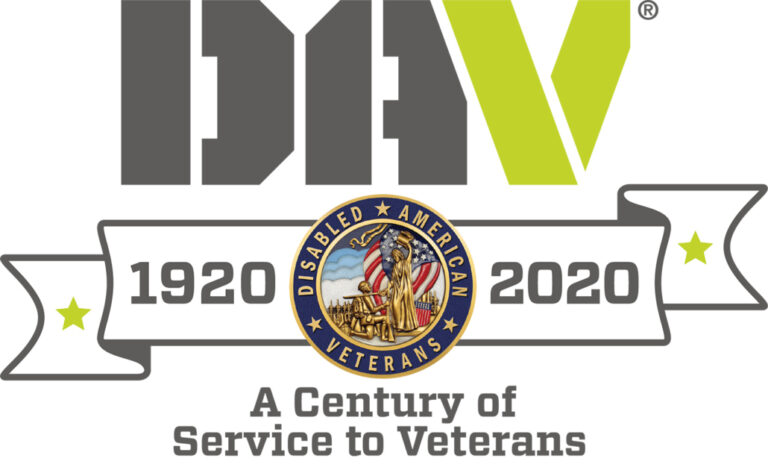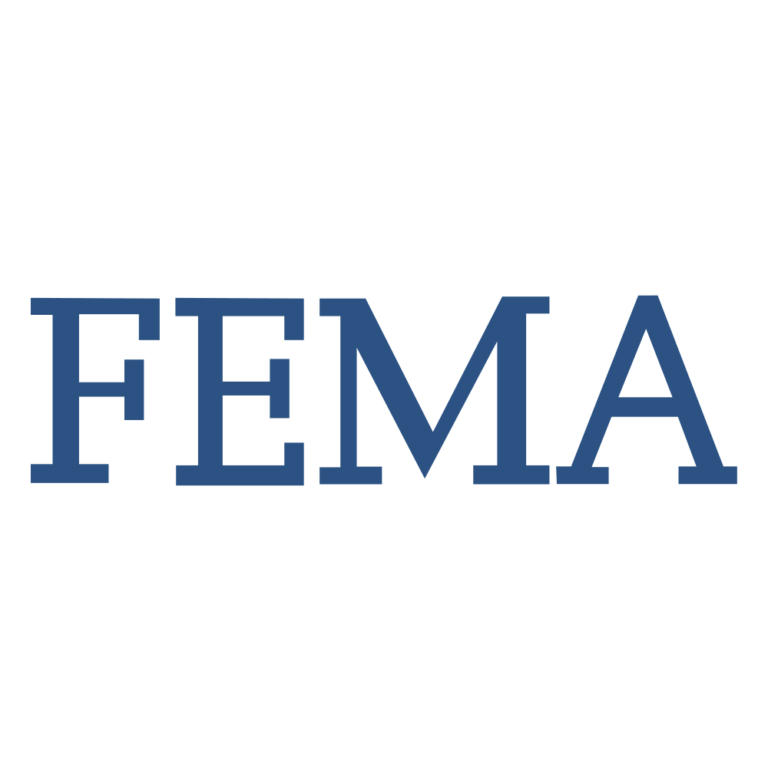UPDATE – Right of Entry for Cleanup
Lane County has updated their advice and information regarding ROE access for county crews to access your property to assess and remove hazardous materials and/or fire debris. You can see this updated info here. Please note, the county has added a legal disclaimer to this information and advises it is only for ‘General Guidance to Property Owners’ so do not assume this information is the final word on this process and expect it to change going forwards.
There is huge confusion around this process and how costs might be recovered from property owners or their insurance companies, and this disclaimer does not help matters. We have copied the updated info below to give you as much information as is currently available, but it is advisable that anyone with specific questions about this process contact the Dept. on 458-239-2826 or email roeforms@lanecounty-eoc.net for clarification, and preferably get this in writing for their records. Please don’t make any final decisions and assumptions based on the information below, and make sure to keep your insurance company informed at every step of the process.
Right of Entry for Cleanup
Source: LaneCounty.org
Before you can rebuild, your property must be cleared of household hazardous waste or other hazardous substances. Crews that specialize in identifying and removing hazardous substances will visit properties, determine what hazardous materials need to be removed, and remove them for safe disposal. This service is funded by federal and state government and provided free of charge to property owners in Clackamas, Douglas, Jackson, Klamath, Lane, Lincoln, Linn and Marion counties.
Household hazardous waste includes fuel and petroleum, pool chemicals, car batteries, antifreeze, used oil filters, solvents, fertilizers, pesticides, propane tanks, disinfectants, aerosols, paint, bleach, and ammunition. Crews will also safely identify and dispose of large pieces of asbestos materials.
Property owners need to sign an access agreement, called a Right of Entry form, by Oct. 16 to allow crews to clean up hazardous waste or to clean up debris on their property.
The household hazardous waste portion will be entirely covered by state and federal funds. Debris removal, which may occur in a second phase, might result in claims against your insurance policy to avoid duplication of benefits (i.e. you can’t have things cleaned up on your behalf by government agencies and collect insurance payments).
YOU CAN FILL OUT THE FORM ONLINE HERE
You can view the forms online before filling out the electronic version above. View the form that would allow hazardous waste cleanup and debris cleanup. View the form that would allow hazardous waste cleanup only.
Hard copies are available at the McKenzie Fire Station (42870 Highway 126, Leaburg), Upper McKenzie Fire Station (56578 Highway 126, McKenzie Bridge), McKenzie Bridge Transfer Station (55805 Highway 126, Blue River – during operating hours) and Vide-Leaburg Transfer Station (43843 Highway 126, Leaburg – during operating hours).
- ROE allows FEMA and its contractors to enter the property in order to assess the type and extent of cleanup needed in order for the property to be considered habitable.
- ROE allows FEMA and its contractors to make discretionary decisions about what and how specific types of waste will be removed and disposed of according to state and federal rules and regulations.
- ROE ensures licensed, bonded and properly certified contractors will perform the work – many insurance companies will require the cleanup be done by specifically licensed contractors.
- ROE allows FEMA to perform the cleanup at little or no cost to property owner – if the property owner is insured FEMA requires those benefits specific to debris removal and cleanup be assigned to reimburse for the cost to cleanup. FEMA cannot provide cleanup service funding that duplicates insurance proceeds. FEMA is legally prohibited from duplicating benefits from other sources. The intent is to recover only those benefits a property owner may receive from their insurer for the same work FEMA has funded.
- The ROE limits the cost to a property owner for FEMA cleanup to only those benefits available via their insurance policy – there is no out of pocket expense for a property owner even if the cleanup expense exceeds the amount reserved for such costs in their insurance policy.
- Prior to signing the ROE, a property owner should contact their insurance provider in order to understand the details of their individual policy.
- If a property owner chooses not to sign a ROE, the property owner may be responsible for any out of pocket expenses related to the cleanup of the property that is not covered by insurance.
- The goal is to return damaged properties to a habitable condition while ensuring hazardous waste is not improperly disposed of in the environment. FEMA would like to begin the cleanup process as soon as possible for the health and safety of the public and to assist property owners in safely returning to their property as they begin the process of rebuilding.
Removing fire debris is a two-step cleanup process.
- Step 1 is clearing properties of household hazardous waste to minimize exposure of hazardous materials to the public.Step 1 is being offered at no cost to property owners (although insurance may be billed if applicable). The U.S. Environmental Protection Agency will assess and remove household hazardous waste from burned properties. This work will be funded by FEMA and the State of Oregon.
- Step 2 is removal of ash, debris and burned-out structures. State, county, and federal partners are actively working to develop options for ash and debris removal.
Crews that specialize in identifying and removing hazardous substances will visit affected properties, determine what hazardous materials need to be removed, and remove them for safe disposal.
Commercial or industrial properties are included in hazardous waste and debris removal efforts
If you choose to clean up hazardous materials, it will be at your own cost. Removal of household hazardous waste and debris can be an expensive process, costing as much as $75,000. Even with insurance, a majority of the cost may not be covered. The state and federal government is committed to paying for removal of household hazardous waste, which means that property owners can reserve their insurance funds for other recovery efforts.
Household hazardous waste removal timeline (approximate):
- Property owners are asked to sign the property access agreement by October 16.
- Boots-on-the-ground teams – October 20-22
- Clean up complete by December 31
Ash and debris removal (Step 2) will begin after household hazardous waste removal (Step 1) is complete.
THE INFORMATION CONTAINED IN THIS IS INTENDED TO PROVIDE GENERAL GUIDANCE TO PROPERTY OWNERS. THE INFORMATION CONTAINED HERE IS NOT LEGAL ADVICE. PROPERTY OWNERS SHOULD CONTACT THEIR OWN INSURANCE COMPANY AND/OR LEGAL COUNSEL TO EVALUATE THE IMPACT OF THIS INFORMATION RELATED TO INDIVIDUAL CIRCUMSTANCES.
QUESTIONS? Please call 458-239-2826 or email roeforms@lanecounty-eoc.net.





